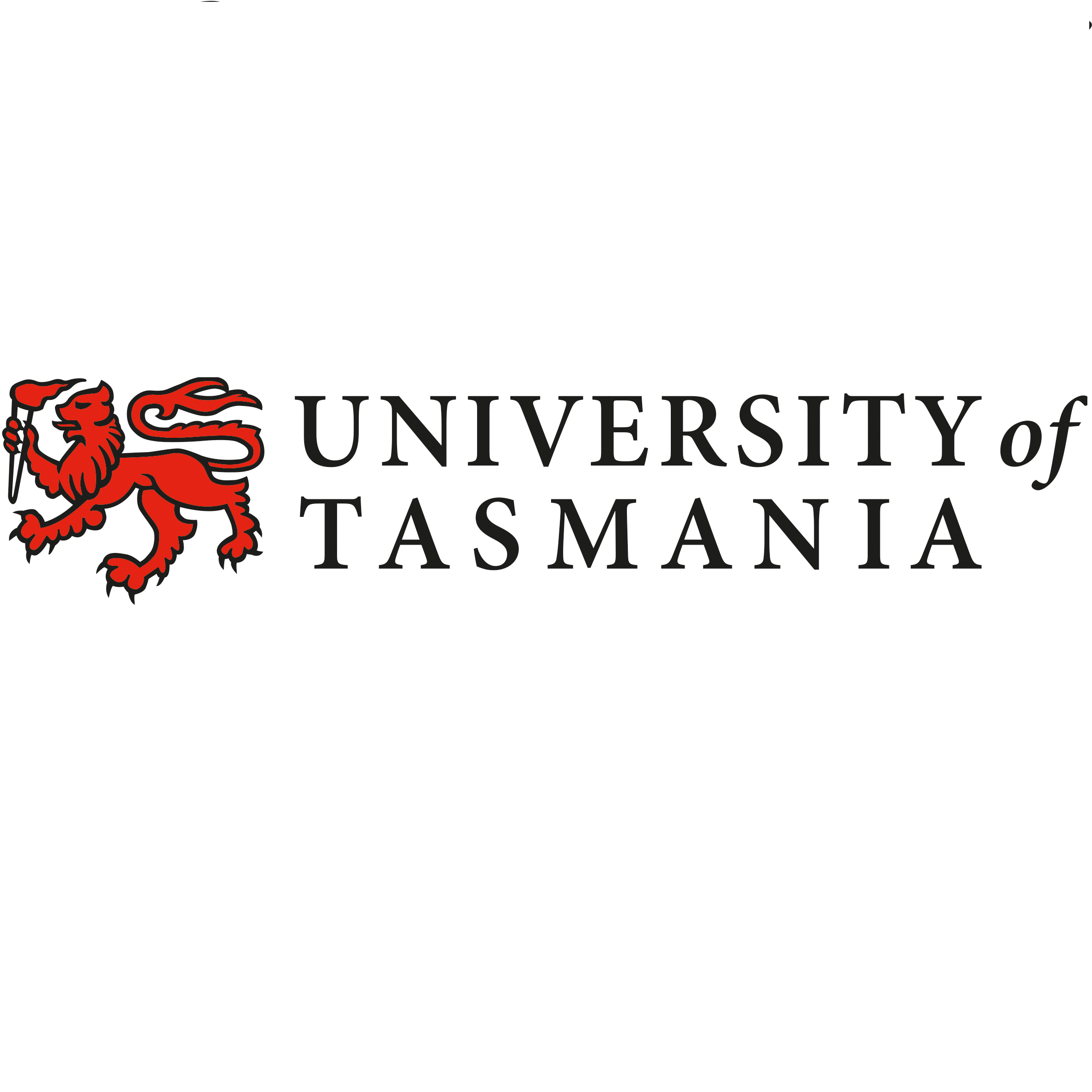Full description
This study reports on previously undescribed predation on Asterias amurensis in the Derwent Estuary, Tasmania by the spider crab Leptomithrax gaimardii (Milne Edwards). Specifically, this study describes the predatory interaction between the spider crab and A. amurensis and quantifies patterns of sub-lethal injuries inflicted on the seastar during a localised aggregation of the spider crab.
Lineage
Maintenance and Update Frequency: notPlanned
Statement: In mid-July 1999, a large and sustained aggregation of spider crabs (Leptomithrax gaimardii) occurred in the Derwent Estuary adjacent to the Bellerive Yacht Club (BYC). Near the peak of the aggregation, predator-prey interactions and the incidence of sub-lethal damage to A. amurensis was assessed in situ by divers. Rates of sub-lethal damage were estimated by examining all seastars along 6 belt transects, each 10 x 2 m. Each seastar encountered was assessed for damage which was categorised as either full arm loss (entire arm missing from base of central disc), half arm loss (~50% arm missing by length), or arm tip damage (observed as a ~2-5 mm excision of the distal region of the arm). Evidence of wound regeneration was also recorded. In addition to the survey at BYC, the frequency of seastar damage was also assessed from fortnightly collections of 30 individuals from BYC and an additional 6 sites (in the Derwent Estuary) from late July until ~October depending on site. For each seastar collected, ray length (oral opening to distal end of longest arm) was measured with knife edge callipers to the nearest mm. Prior to diver collections at each site, the density of A. amurensis and L. gaimardii was obtained on each sampling occasion by averaging counts across 6 belt transects (each 10 x 2 m at BYC, DSS and Port of Hobart; 30 x 2 m for Nutgrove Beach, Second Bluff and Tranmere).
Notes
Purpose
Documentation of in situ predation on the introduced seastar outside of its native northern hemisphere range.


